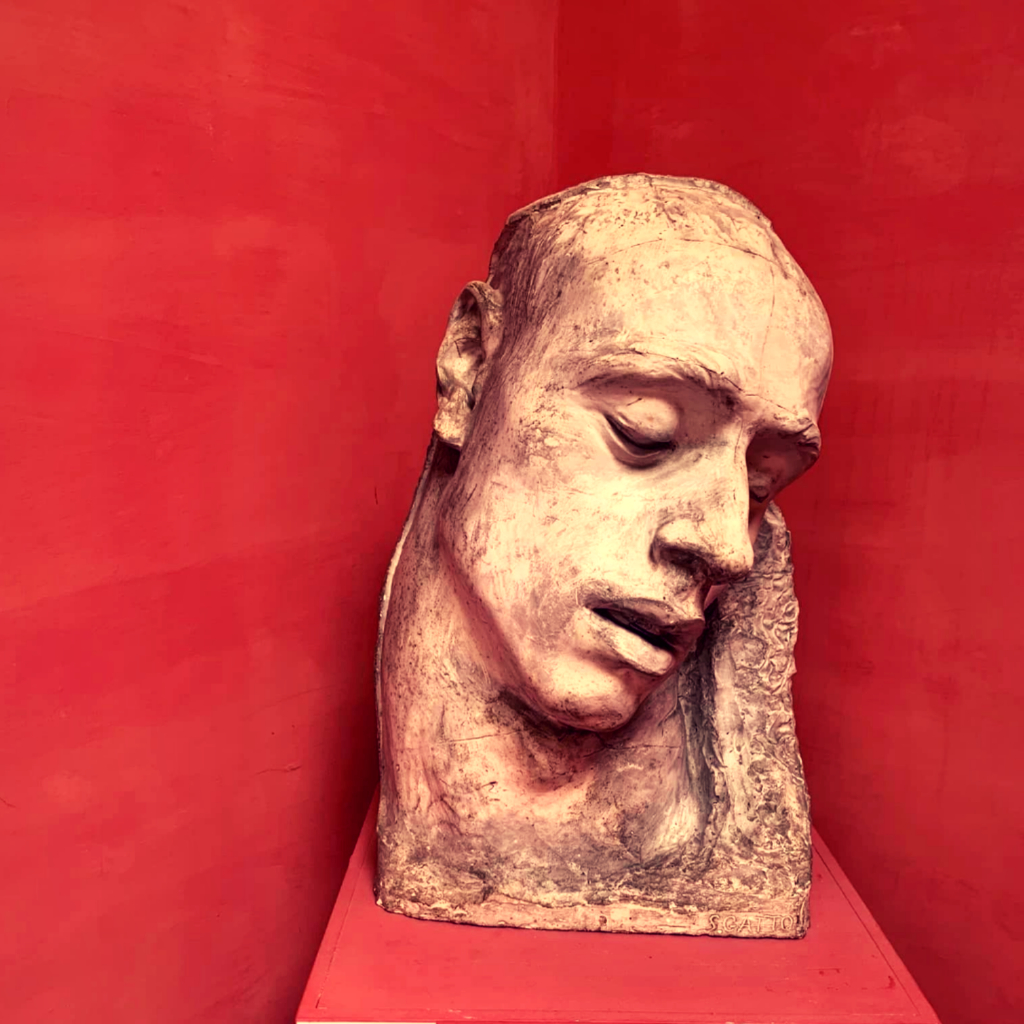
Author Sergey Strelchenko
Johannes Brahms (May 7, 1833, Hamburg – April 3, 1897, Vienna) was a German composer and pianist, one of the central representatives of the Romantic era.
He was born on May 7, 1833 in Hamburg in the family of a double bassist. The boy’s talent showed up early. His father took up his studies, then E. Marksen, a famous pianist and composer.
In 1853, Brahms made a concert trip with the Hungarian violinist E. Remenyi, during which he met the Hungarian violinist, composer and teacher I. Joachim and F. Liszt.
In 1862 Brahms moved to Vienna. He directed the Vienna Singing Academy and was invited to the position of conductor in the Society of Friends of Music.
Since the mid 70s. In the 19th century, the composer devoted himself entirely to creative activity, traveled a lot, performed as a pianist and conductor. After the death of R. Wagner (1883), Brahms was considered the undisputed greatest composer of that time and was showered with honors and awards.
The period from about 45 to 60 years was the most fruitful for the maestro: he wrote four symphonies, the Violin Concerto, the Second Piano Concerto, more than 200 solo songs, made more than 100 arrangements of folk songs. Shortly before his death, Brahms completed the “Four Strict Melodies” to the words of the Holy Scriptures. The last work on which he worked, being already seriously ill, were 11 choral preludes for organ. The cycle ends with a prelude entitled “I must leave the world”.
“4 Piano Pieces, Op.119”
Four Pieces for Piano Op. 119 are four characteristic pieces for piano written by Johannes Brahms in 1893. The collection is Brahms’ last composition for piano solo. Together with six pieces from Op. 118, op. 119 premiered in London in January 1894.
Four piano pieces were published in 1892 and 1893, along with three other collections of small piano pieces: Seven Fantasies, Op. 116, Three Intermezzos Op. 117 and six pieces for pianoforte Op. 118 .
Each of the first three movements is called an intermezzo, and the last is called a rhapsody. He completed these works during a summer vacation in Ischl, Upper Austria in 1893, with the first intermezzo completed in May and the next three works in June.
Since Brahms collected these 18 characteristic works into collections, he may have included some earlier compositions, and it is possible, although there is no definite evidence, that some works, such as the Rhapsody in E♭ major, may have been conceived before 1892. Two earlier collections of small lyrical piano pieces, Eight Pieces for Piano, Op. 76 and two Rhapsodies, Op. 79, dated 1871-79. (published in 1879 and 1880 respectively).
Intermezzo in C major
The length of the phrase is twelve measures, which are divided into two parts of six measures. The first six bars can definitely be heard as two blocks of three bars, while the second six bars can rather be heard as three times two bars. The second six-measure sub-phrase functions rhythmically like a giant hemiola.
This rhythmic grace is opposed by the middle part of the work. Two eight-bar phrases, split into four-bar phrases, attempt to “fix” a twelve-bar phrase.
It can be argued that this is a work in binary form, and section B begins at bar 49, where new material appears.
Learn more about Sergey Strelchenko here:


